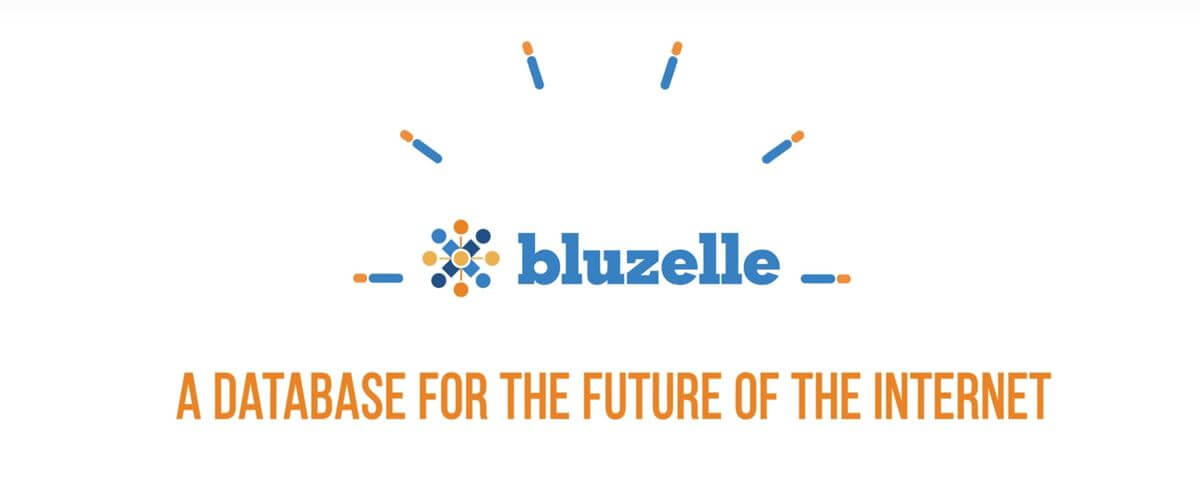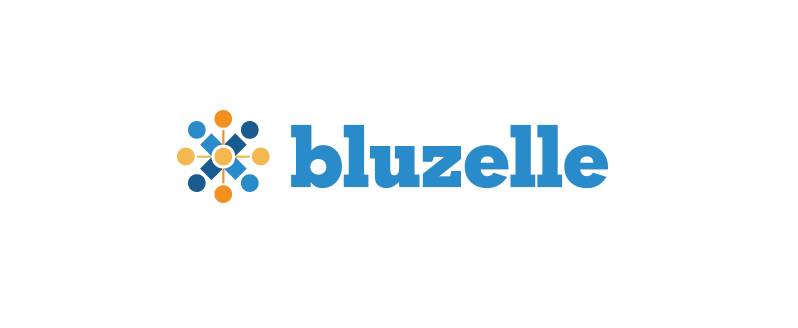Blockchain tech is set to completely change how internet users interact with all manner of products and services. Decentralization will grant users more control over their own data while removing costly intermediaries from the equation. Decentralized apps, which will define the new web, will manage tons of data that will need secure management and storage.
However, existing blockchains such as Bitcoin and Ethereum are not optimized to handle such massive volumes of data. The Cryptokitties game, which became so popular as to nearly bring the Ethereum network to a halt, is a perfect testament to this.
Bluzelle is a project that wants to securely, effectively, and scalably manage the next generation of the internet by providing the perfect environment for decentralized data management and storage. Through its unique ‘swarm’ technology, Bluzelle is well set to accomplish this.
What’s Bluzelle all about? We find that out, as well as take a look at the network’s two tokens and how they fit in in the picture.
Understanding Bluzelle
Bluzelle is an Ethereum-based blockchain effort that wants to change how data storage and management is conducted. On the Bluzelle platform, developers, entities, and single users can store data safely and securely on a decentralized network that’s more flexible than centralized services.
The Bluezelle team believes that as projects like Storj provide decentralized solutions for file storage and management, there should be decentralized solutions to fill in the gap for data storage and management. The idea, thus, is to complement programs such as iExec, Siacoin, and Golem to complete the puzzle of a decentralized internet.
How Does Bluzelle Work?
The basic functioning of the Bluezelle ecosystem is to connect consumers who want database space with providers who have extra computing space. DApp developers can utilize this data storage to optimize their applications, thanks to a fast, safe, and reliable platform. For this service, providers are rewarded with the two tokens of the Bluzelle ecosystem: BLZ and BNT.
Nodes on the network are known as ‘swarms,’ and they are the cornerstones of the entire ecosystem. ‘Singleton metaswarm’ refers to the entire swarm framework, while a ‘virtualized metaswarm’ denotes a large grouping of ‘leaf swarms.’ Leaf swarms are another name for the individual groups of swarms in the network. Leaf swarms store data and share it with the metaswarm. When a data owner sends over data, it’s split into smaller chunks (shards), which are then distributed across all the leaf swarms.
Sharding is important to ensure the security and safety of the data. It replicates it and distributes it across the entire network so that in the event a node or a few nodes go down data will not be lost. This also means that even if a few nodes are compromised, the safety of the data will not. When a data owner wants to retrieve their data, they must produce the private key that matches its value hash. All data and info on the network are encrypted, and no one, including providers, can access it unless they provide its private key.
Features of Bluzelle
Bluzelle implements ‘swarming’ technology to achieve high levels of scalability, reliability, and performance. In the Bluzelle universe, a swarm refers to a massive group of nodes that work alongside each other. Even if a few nodes were to go down, the rest of the nodes in the network would continue managing and storing data. The Bluzelle network is a ‘meta-swarm’ made up of swarms upon swarms. These swarms work to realize the following features:

#1. Performance
Bluzelle’s proprietary swarming concept has been designed to achieve high-level performance. Bluzelle avoids latency this way: the Bluzelle protocol retrieves data from the nearest nodes, multiplying the speed of doing so by retrieving the data in parallel.
#2. Reliability
The Bluzelle network is distributed across the globe, with every single chunk of data duplicated across swarms. This means that data owners can access their data fast and at any time. A single point of failure is eliminated, meaning that any outages caused by human or non-human factors would not affect the running of the network.
#3. Scalability
The Bluzelle protocol facilitates both high horizontal and vertical scalability. Every swarm is responsible for horizontal scaling at the state level. And inside every swarm, each node is designed to automatically accomplish horizontal scaling.
#4. Privacy
Bluzelle employs state-of-the-art cryptography and sharding to protect user data. Also, thanks to a distributed network, it would be impossible for a bad actor to take down the network, compromising user data.
#5. Immutability
Bluzelle deploys blockchain tech to ensure immutability. This means once records go on the network, they cannot be altered.
#6. No Intruders
Bluzelle uses a consensus protocol, which is the only source of truth in the network. All records can only be updated on the distributed ledger this way. This eliminates fraud.
Participants in the Bluzelle Network
The Bluzelle network has two main participants: consumer and producer.
- Consumers – these are participants who ‘consume’ Bluzelle tokens to store and retrieve data.
- Producer – these are parties that provide computing resources to the network and earn Bluezelle tokens (BLZ) in return. Producers must first stake in BLZ to show their commitment. Bluzelle encourages a competitive environment whereby producers who provide good quality of services can charge more.
Both consumers and producers are required to create an Ethereum account and be responsible for their own private key. The private key gives access to both ETH and BLZ tokens. It also encrypts data before it’s stored on the network.
Karma and Governance of Bluzelle
Bluzelle uses a ‘Karma Index’ to ensure integrity on the network. A high Karma Index denotes a favorable reputation, and the opposite is true. If a network participant behaves poorly, their Karma Index will be lowered. If your Karma Index is lowered, you’ll be penalized, restricted from privileges, and given reduced responsibilities. Note that operators can run more than one node. A lowered Karma Index applies to every node run by a single individual.
On the other hand, node operators with consistently good behavior are rewarded with high Karma. A high Karma Index comes with benefits such as the opportunity to lead your swarm.
Bluzelle Tokens
Bluzelle runs a bi-token ecosystem. The BLZ token runs on the Ethereum network, while BNT is the network’s token. The role of the BLZ token is to bridge the Bluzelle and Ethereum protocols. BNT is used for payments on the network. The Bluzelle team wanted to avoid the congestion issues of the Ethereum network, which is why they did not make BLZ – an ERC20 token – to be the payment token.
BLZ is also used for staking on the network. Node operators must stake BLZ according to how many nodes they control. Operators with a high Karma Index can charge more, but they also must stake more BLZ. BLZ staking acts as some sort of collateral. By staking in the network, operators are incentivized to secure the network at all costs in order to protect the stake.
Key Metrics of BLZ
As of August 8, 2020, Bluzelle traded at 0.113986, and it had a market cap of $27, 192, 756, which placed it at #196 in the market. The token’s 24-hour volume was $5, 135, 145, and it had a circulating supply of 238, 562,278, and a total supply of 500 million. BLZ’s highest and lowest price ever was $0. 913922 (Feb 07, 2018) and $. 0.006067 (Mar 13, 2020).
Where to Buy and Store Bluzelle
You can find Bluzelle for ETC, ETH, USDT, and BNB at a variety of trusted exchanges, including Binance, Huobi, Gate.io, WazirX, MXC, HitBTC, Kyber Network, BiKi, Balancer, IDEX, and Fatbtc.
BLZ is an Ethereum-based token, meaning you can store it in any wallet that supports Ethereum. Great choices would include MyEtherWallet, Parity, Atomic Wallet, Trust Wallet, MetaMask, Ledger Nano, and Trezor.
Closing Thoughts
Bluzelle doesn’t offer any new solution to the world of blockchain. However, there’s something to be said about its swarm technology that ensures high levels of scalability, security, and performance. Its decision to not use the Ethereum network for transactions is also a smart one – many an Ethereum-based project would offer better scalability if they took this route. Here’s to watching how Bluzelle evolves in the future.

